Allergies
Allergies involve an overreaction of the body’s immune system, which is responsible for fighting infections. There are many types of allergies, including seasonal allergies (which involve allergic reactions to pollens, grasses and weeds), perennial allergies (which last for 9 or more months out of the year), chronic allergies (to allergens such as dust and mold), food allergies, medicine allergies, insect venom allergies, and animal allergies, among others. In addition, some people develop a potentially life-threatening allergy to latex, which is found in rubber gloves, while others can become “sensitized” to substances they have been repeatedly exposed to at work, a condition known as “occupational allergy.”
Anaphylaxis
Anaphylaxis is a severe, life-threatening, multisystemic allergic reaction that is triggered by common substances, such as foods, insect stings, medications and latex.
About half of all anaphylaxis episodes are caused by such foods as peanuts, tree nuts (e.g., walnuts, pecans, almonds and cashews), fish, shellfish, cow’s milk and eggs. Bees, wasps, hornets, yellow jackets and fire ants are the cause of about 500,000 allergy-related emergency visits and at least 50 deaths each year. Medications can cause anaphylaxis, particularly drugs in the penicillin family. Other commonly used medications and pain relievers that can trigger anaphylaxis include aspirin, ibuprofen, anesthetics and antibiotics. People who have had one or more previously mild episodes of anaphylaxis may be at risk for more severe future episodes. Repeat exposure to allergens, such as latex, may also increase the risk of developing anaphylaxis.
Anaphylaxis symptoms can develop quickly, in some cases within minutes or hours after exposure to an allergen. In some cases, the symptoms can abate and then return hours later. The most dangerous symptoms of anaphylaxis affect the respiratory system (breathing) and/or cardiovascular system (heart and blood pressure).
Specific symptoms may include:
- Difficulty breathing due to narrowing of airways and swelling of the throat
- Wheezing or coughing
- Unusual (high-pitched) breathing sounds
- Confusion
- Anxiety
- Slurred speech
- Difficulty swallowing
- Swelling of the tongue, throat and nasal passages (nasal and throat congestion)
- Localized edema (or swelling), especially involving the face
- Itchiness and redness on the skin, lips, eyelids or other areas of the body
- Skin eruptions and large welts or hives
- Skin redness
- Bluish skin color, especially the lips or nail beds (or grayish in darker complexions)
- Nausea, stomach cramping, vomiting/diarrhea
- Heart palpitations (feeling the heart beating)
- Weak and rapid pulse
- Drop in blood pressure
- Dizziness, fainting or loss of consciousness, which can lead to shock and heart failure.
What To Do:
- If the person is having anaphylaxis, call 911 immediately.
- If the person is unconscious, lay him or her flat and elevate the feet.
- If available, administer self-injectable epinephrine (e.g., EpiPen, TwinJect), which should be carried by all persons who know they are at risk for anaphylaxis. (Under new American Heart Association and American Red Cross first-aid guidelines, first-aid providers may help victims who are experiencing a bad anaphylactic reaction use a prescribed epinephrine auto-injector — as long as the first-aid provider is trained to do so, the state law allows it and the victim is unable to self-administer the epinephrine.) Also, check for a medical tag, bracelet or necklace that may identify anaphylactic triggers.
- Friends, family and caregivers of children with allergies should be given a list of the child’s emergency contacts and allergy triggers, and a plan for dealing with an allergic emergency.
- Persons who have experienced anaphylaxis should consider seeing an allergist (especially if they are not sure what caused it). An allergist consultation will help identify potential causes and to develop a plan of action for safeguarding individuals against possible future episodes. Family members and friends should also be educated.
- If the cause of the anaphylaxis – such as a particular medication – has been identified, that substance should be avoided in the future.
 American College of Emergency Physicians
American College of Emergency Physicians







